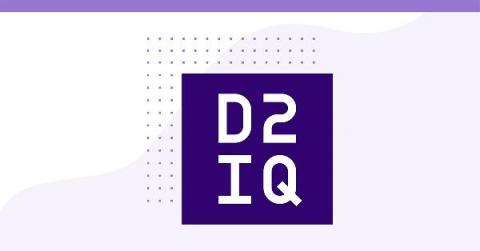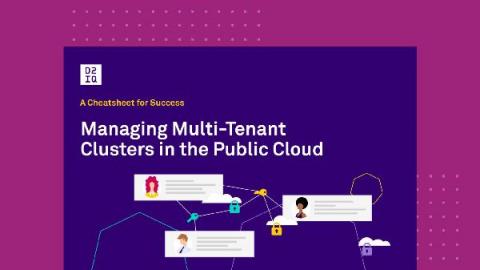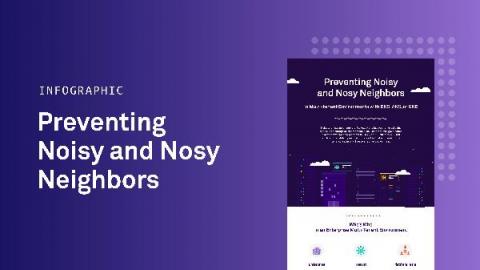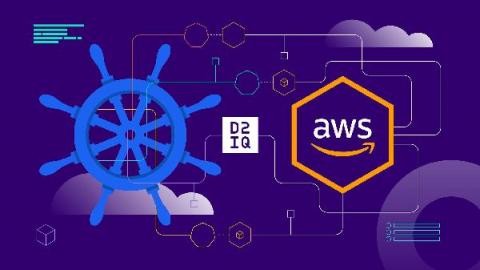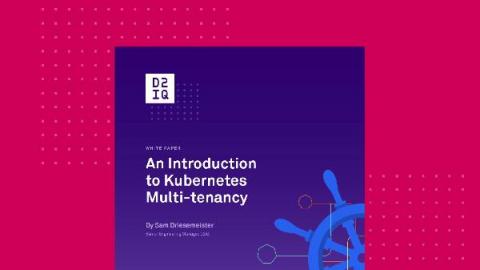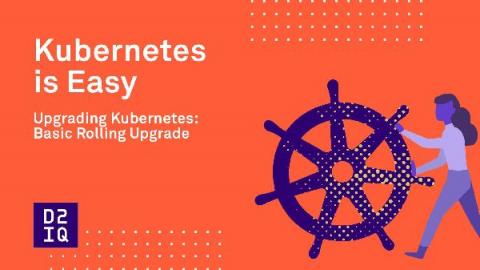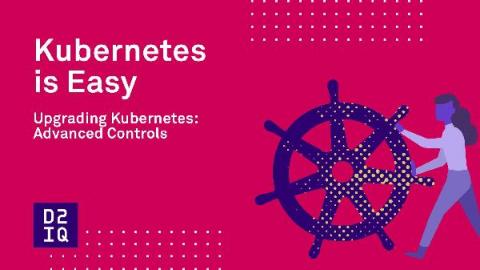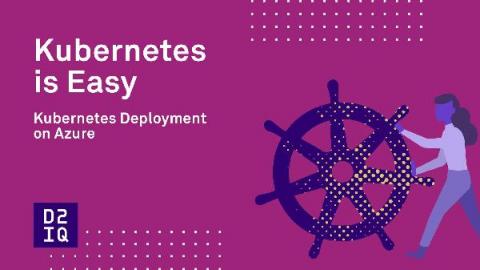Reap the Combined Benefits of Kubernetes and the Public Cloud with DKP
In a relatively short amount of time, Kubernetes has evolved from an internal container orchestration tool at Google to the most important cloud-native technology across the world. Its rise in popularity has made Kubernetes the preferred way to build new software experiences and modernize existing applications at scale and across clouds. With Kubernetes, companies can host workloads running on a single cloud, as well as workloads across multiple clouds.


